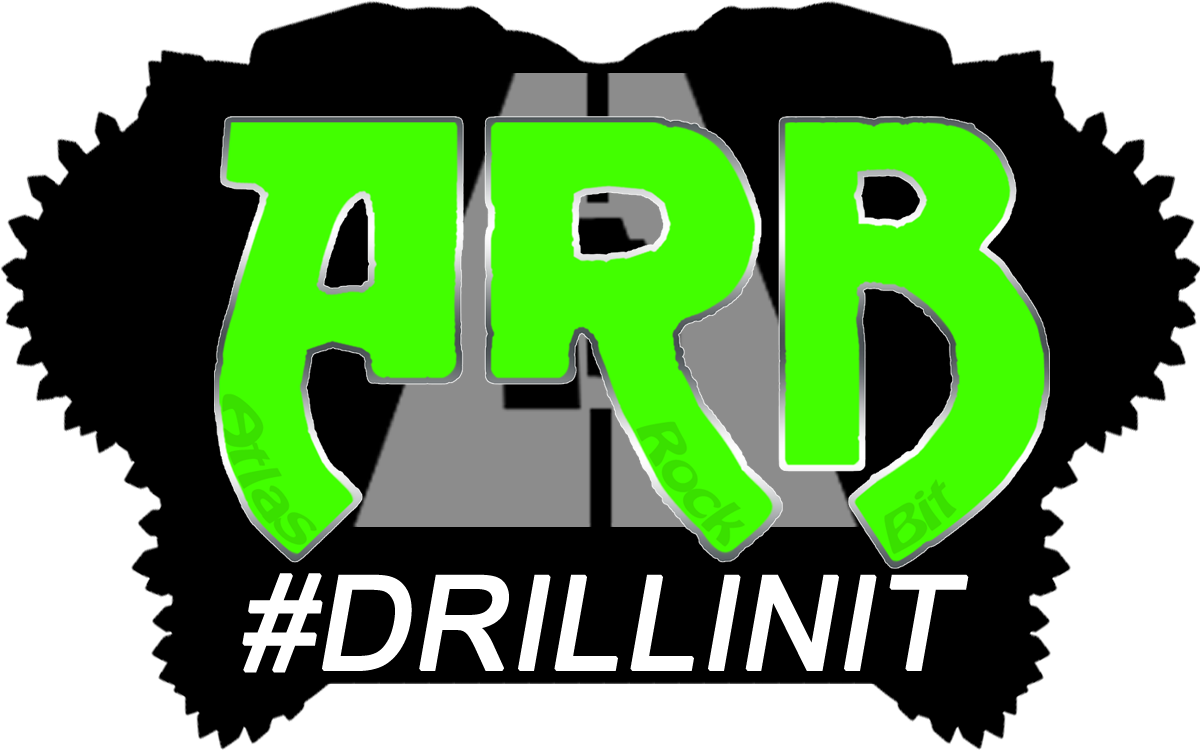KEYS TO PROPER HYDRAULICS
Annular Velocities & flow Rates
Proper hole opener hydraulic calculations involve selecting nozzles in a manner similar to current methods used for conventional rock bit hydraulics. Some generally accepted rules of thumb are used to help with calculations. For example, some basic guidelines for minimum annular velocities and flow rates for efficient cleaning of large diameter holes are as follows:
Naturally, these values are only general guidelines since operators and contractors have developed their own minimum flow rates and annular velocities based on past experience.
Weight & Rotary speed
Weight and rotary speed recommendations for a variety of Security hole openers and cutter types are shown in Tables 2-4.
25% of flow to pilot bit; 75% of flow to hole opener
A final rule of thumb when determining hole opener hydraulics is to select nozzles so that 25% of the total flow area (TFA) is at the pilot bit and 75% of the TFA is at the hole opener. The result is 25% of the fluid passing through the pilot bit to keep the pilot hole clean and to prevent cuttings from dropping down into the pilot hole. The remaining 75% of the fluid passes through the hole opener’s jet nozzles for improved cutter and hole cleaning and increased penetration rate.

